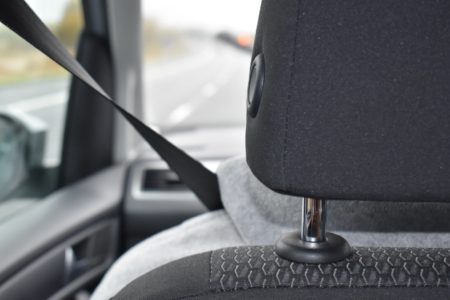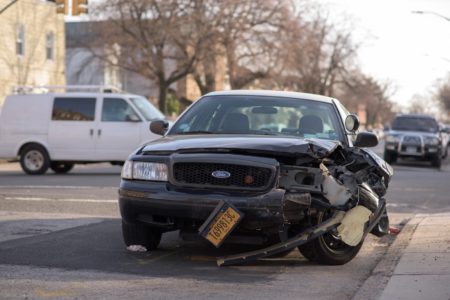
By Sean W.
Have you ever been driving and signaled, only to have the cars around you notice, speed up and make an effort to block you out? If not, you probably haven’t been driving more than a week. That or you don’t use a turn signal which is an obvious poor choice for numerous safety and legal reasons. But if you do experience this, try to be part of the population that decreases this kind of behavior on the road, making driving a better experience for as many people as possible.
Courteous driving clearly does not apply to the use of turn signals alone, although I feel that is a strong example. It is something that everyone should be expected to do. The key word there is should, as driving under the assumption that other drivers will drive kindly and skillfully is a dangerous mistake. 80% of drivers believe that they are better than other drivers, which is as funny as it is scary, especially when considering that it is statically impossible. However, the fact that a lot of people overestimate their driving abilities does not make them all drivers bad. In fact, it probably seems this way as people tend to notice others driving poorly a lot more than good driving. The key is to not let this cause a sense of entitlement regarding how you treat others on the road while keeping in mind that other drivers might make some atrocious decisions.
Acting kindly towards other drivers is something seemingly small but can actually pay off greatly if made into your typical behavior. Doing this will make you much less likely to get into an accident or deal with the angry driving of people sharing the road. Additionally, the more people that make this choice cause the experience of driving for everyone to be not only more enjoyable but also safer and more efficient.




